GAME PILLARS
I am Oriol de Dios, student of the Bachelor’s Degree in Video Games by UPC at CITM. This content is generated for the second year’s subject Project 2, under supervision of lecturer Ricard Pillosu.
What is a game pillar?
“Every time we begin a game design from zero, we need to stablish a few parameters that delimitate and guide the process of design and production. These parameters are known as Game Design Pillars and they are the fundamental basis of videogames. Of course, every different game has a different set of Game Pillars (depending of the type of material that designers want to make) but we must take in account that these Pillars will be the characteristics that the videogame will take more in consideration in the production and design of itself. In conclusion, they are about 3 to 8 primary and fundamental concepts that our game wants to explore and be based on. Also, they must be respected and fulfill once they are stablished.” - Max Pears Article - Link Below

What good does it do to?
Game Pillars are essential in every videogame for many reasons. They help your team to understand how the project will be developed and make more easy and accurate their compression about how it should be done. These issues and aspects are usefull to create a cohesive project and delimit it. They are our first and last step for the game design decisions.
Some examples.
As we have said before, all videogames developed have their Game Pillars. There are some ones here:
The Last of Us:
Crafting: Along the videogame, there are a lot of abandoned objects for all the map. So, for making a good progress, crafting with this dump objects are necessary.
Story: As the most of Naughty Dog’s videogames, the Story is one essential part in The Last of Us.
AI partners: The game is all about building a relationship between the player’s character with the AI partners you meet throughout your journey.
Stealth: Combat is used in this game, but if you avoid it, the game can be a lot easier and comfortable. So, the player is encouraged to play more stealthily.
- Max Pears Article - Link Below
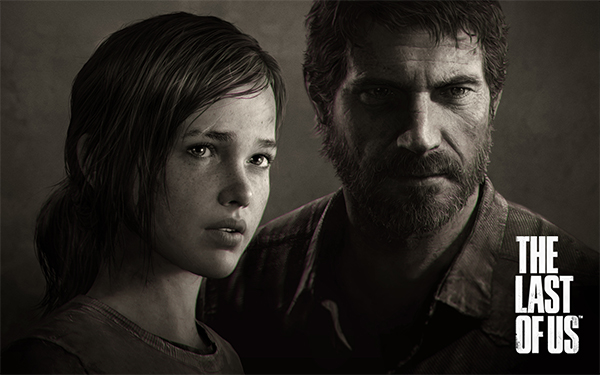
Legend of Zelda: Breath of the Wild:
Exploration: Player are encouraged to explore, by being able to go to any area they wish whenever they wish.
Movement: Breath of the Wild offers so many modes of transport. Moving through this world is made into a fantastic experience through the diversity and fun of the movement in the world.
Scavenging: Players are constantly needing to go through the world and search for items. From weapons which break after a few battles, to the food players must use to regain health or help them traverse through all kind of environmental hazards.
Options: This game is praised all around for a number of options that are given to the player. From multiple ways to solve puzzles to the combat scenarios or how the player makes their way around the world.
- Max Pears Article - Link Below
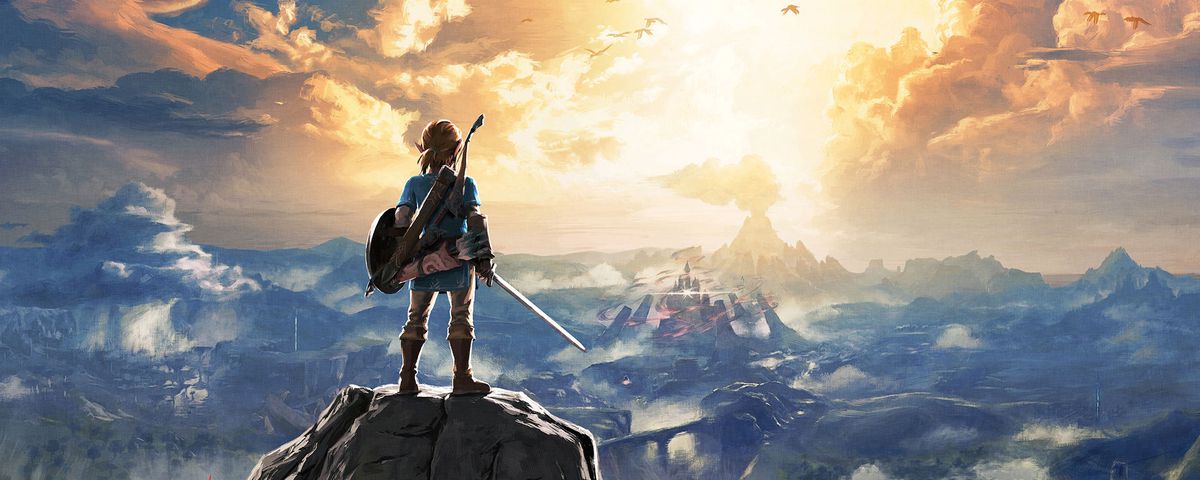
Crypt of the NecroDancer:
Music and Rhythm: The essential mechanic in this game consist in following the rithm of the music.
Items and weapons: CotN have a giant variety of weapons and items. Each one is different, unique and have a special way of killing enemies.
Enemies: From bosses to minions, this game have a hudge amount of enemies with different skills and movements. Every level have their set with a giant variety.
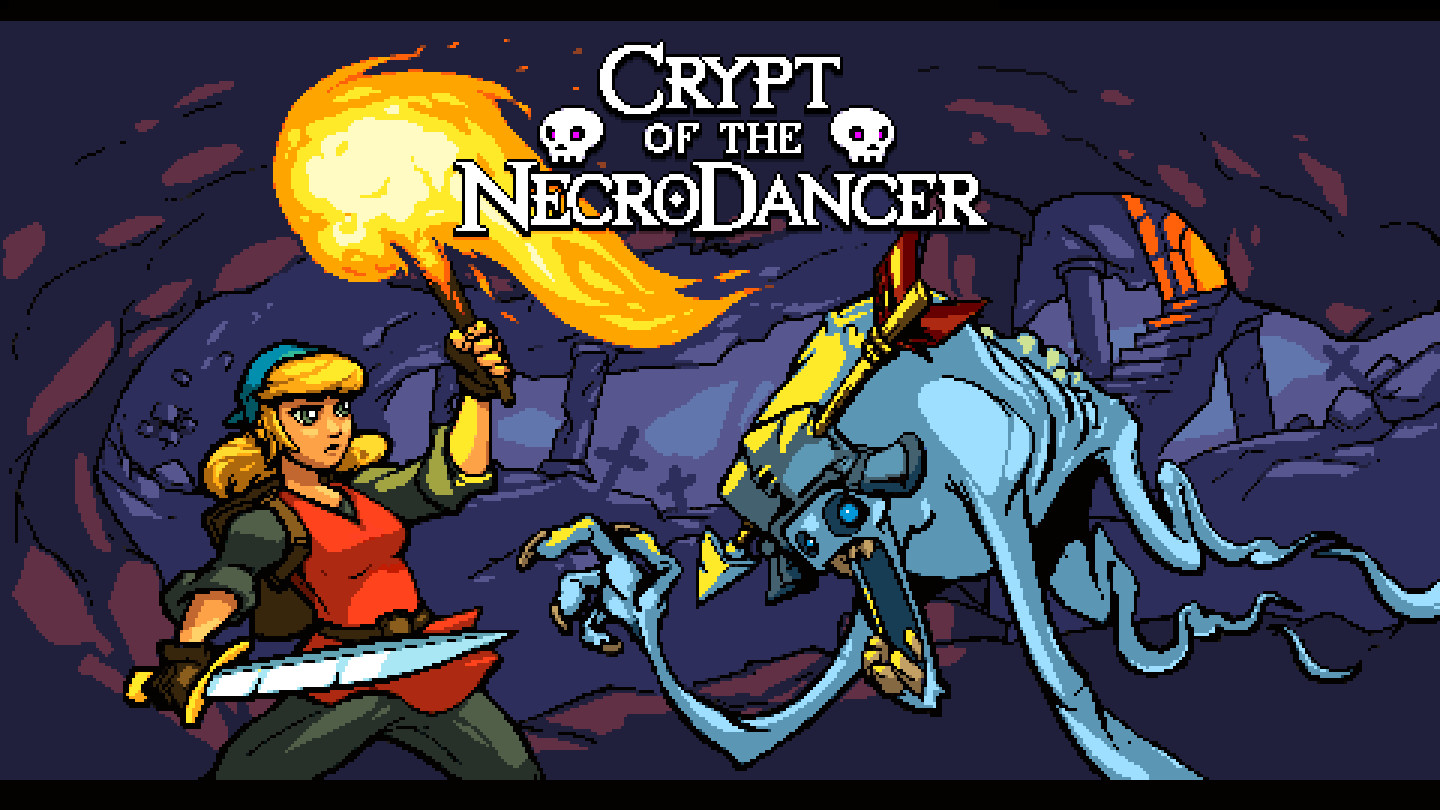
Undertale:
Narrative: Even if it doesn’t look that way, the most important in Undertale is not the “tale”, it’s the way how it’s told. The rhythm of dialogs, events, music… This all make an incredibly gameplay experience fixing the Narrative as the core of this game.
Combat: Apart of solving puzzles, the combat is a very important mechanic in this game. It’s made by turns and have more action than it at first appears.
Characters: During the game, the player will met a lot of differents characters. Enemies, bosses, NPCs… all have a different personality and are unique.
Choice: Undertale is a game that gives you the chance of forgiving every beaten enemy. This choice determinates the story and what kind of player you are.
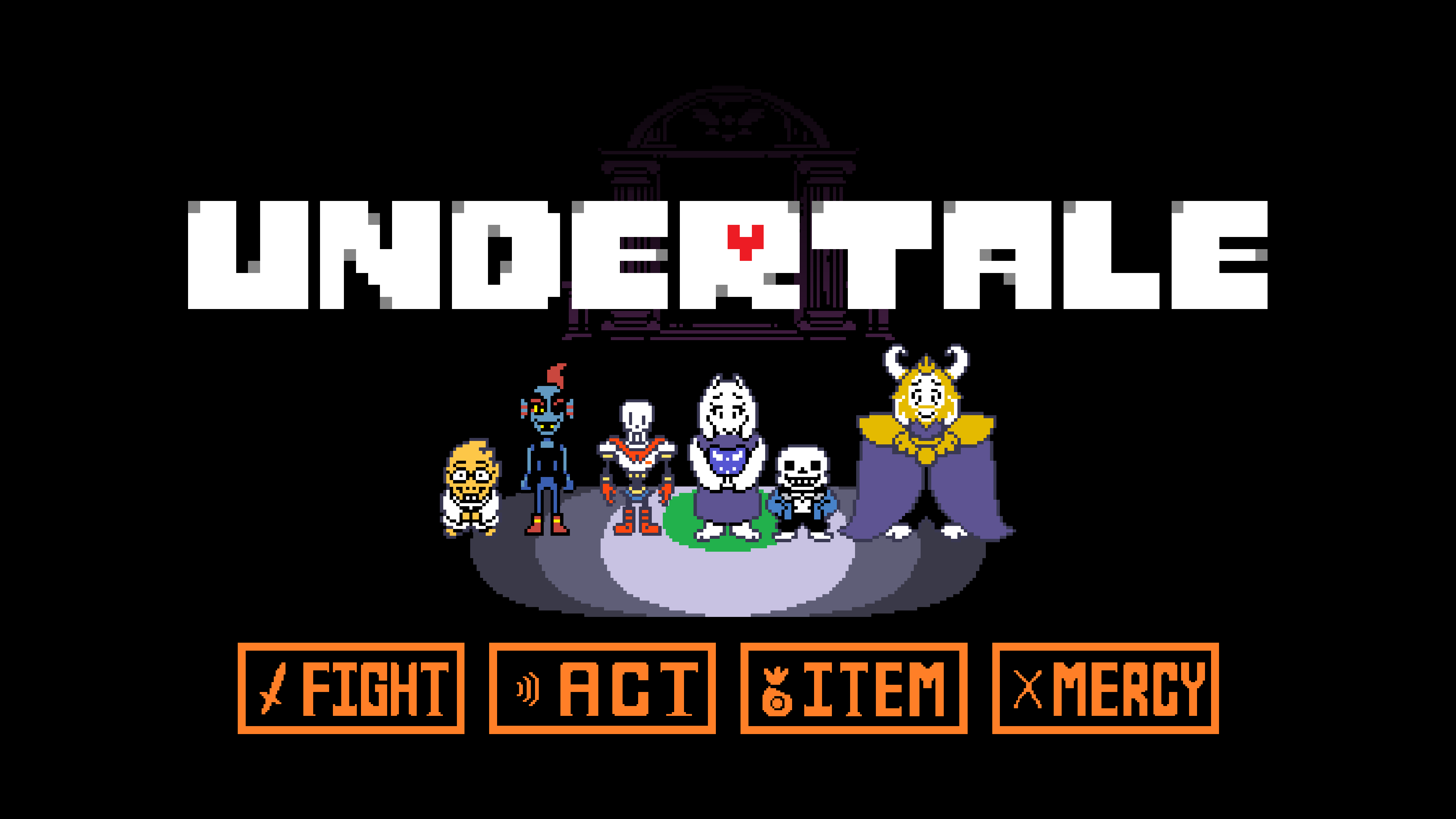
Also, there are some studios that have their own’s Game Pillars for all their videogames. Paradox -interactive is an example:
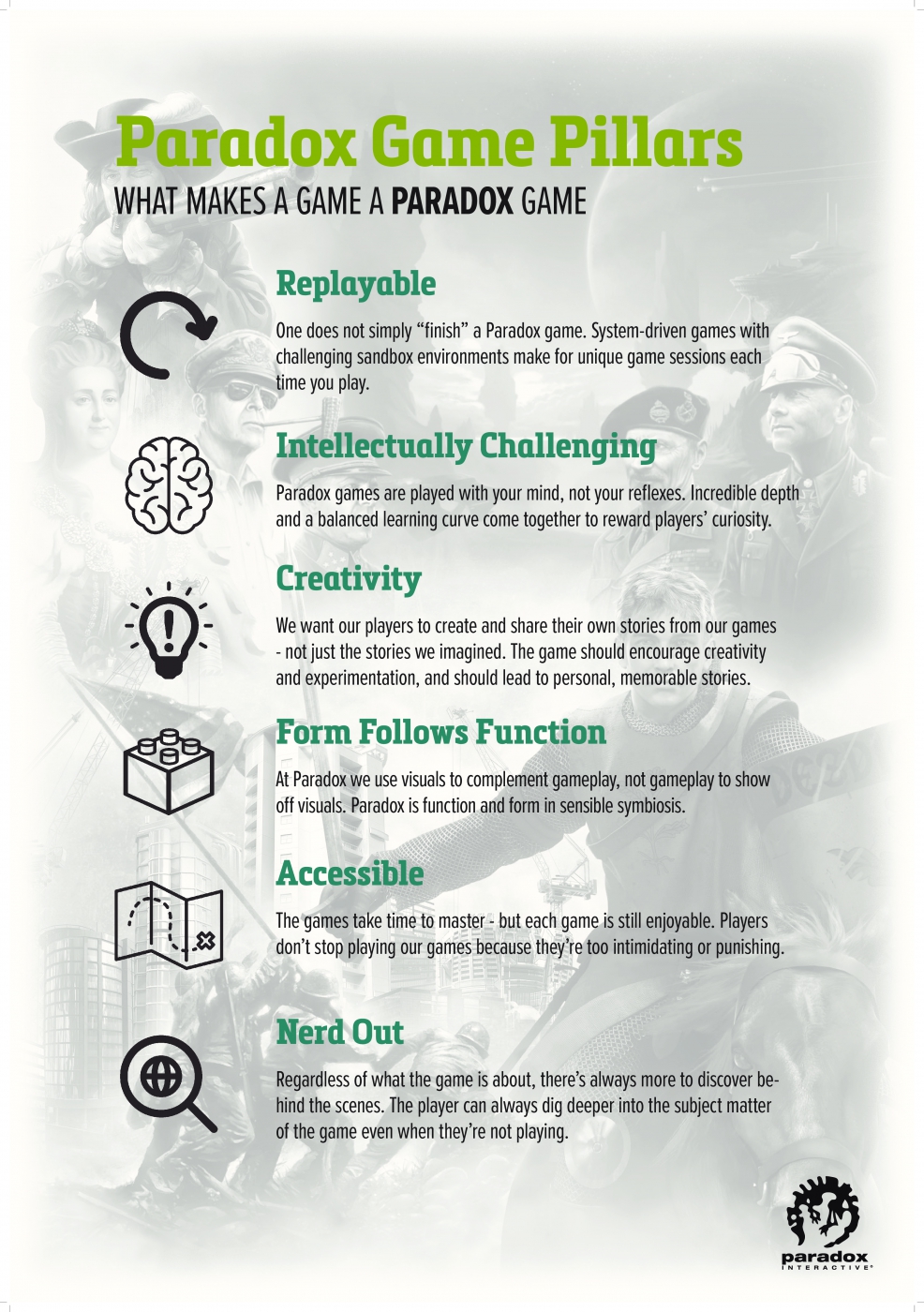
How can we fix a game pillar?
The process to fix a game pillar into a game is quite simple. However, we must be carefully. Here you have one method for choose wisely:
1. First, if you don’t have any ideas about how the game will be, you can do a Brain Storming writing down the maximum concepts about how your game can be.

2. Then, when you have a list, you must arrange all this ideas in three blocks:
Before playing: It is for all concepts that a future player will take in account before playing (aparency, themes, art…).
In Game: This involve all that players will be doing when playing (gameplay mechanics).
After Playing: Basically, it is for the ideas related with replay (challenge, rankings…).
3. Then you must pass each concept for these filters:
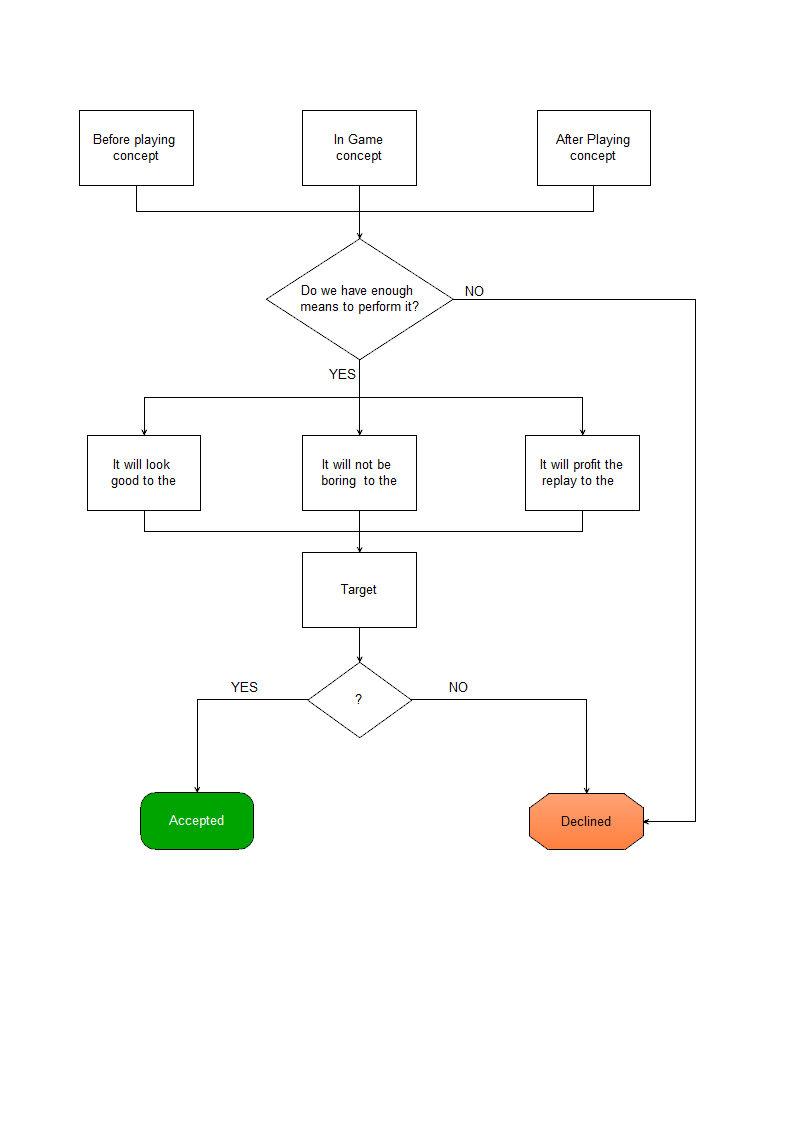
4. Finally, you should ensure yourself that your ideas are original.

NOTE: At least we must have from 3 to 8 pillars. If we have too many we can feed up the player. Also, if we have Pillars in excess, we will take the risk of saturate our development team with work.
Bad Game Pillars
After talking about what are Game Pillars and how can we fix them, we also have to say that there are some bad ideas of Game Pillars that we have to avoid. Here are some:
Empty words: Concepts like “make a funny game” or “a game that sells itself” are some of the worst in the game design. All Pillars must have one solid answer for How can we do it? and if this answer is something similar to “I don’t know…” or “Doing it!” we have to start thinking other Game Pillars.
Tasks: Another bad decision is establishing a task as a Game Pillar. Game Pillars must be a simple word or concept that synthesize an idea, but never a task. Pillars like “an accesible minimap” focus the attention in somethig that must be a specific element of the game and harm the global design.
Technical concepts: As the same as “tasks”, technical concepts are bad examples of Game Pillars. Of course we have to take in mind technical resources when we are designing, but making this a Game Pillar will affect to our game design in a bad way.
Finally, there are also some sayings that every game designer have to known as toxic:
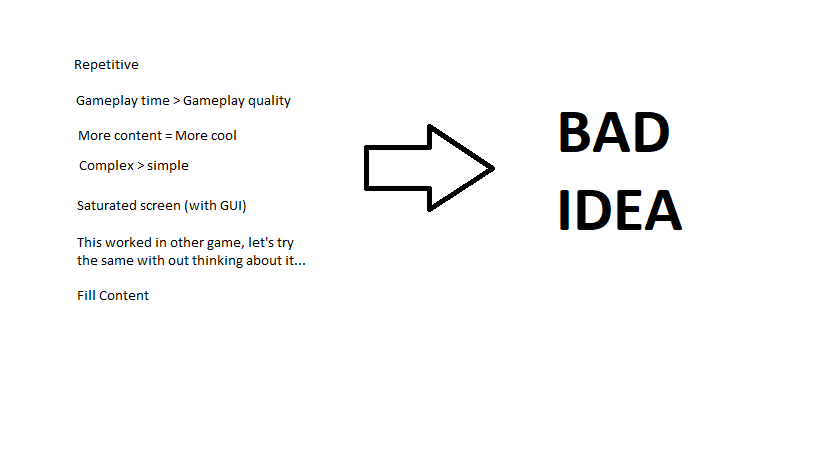
Things to take in account for not spoil our game
Although we have elected our Pillar Design Games we must take in account that in every game development the design is changing continually, and we will make changes and additions during this process (adding mechanics, deleting items…). So, we must take some things into account:
Loyalty: If we aren’t loyal to the game pillars we can turn aside the original design. We always must think about what we set at first.
Enough is good: If we make too many changes in our design, we will not be able to perform the game. We always must consider the means and the time that we have.
Relevance: All you put in the game have to be relevant. Adding a new concept just because it’s cool is usually a bad idea.
Don’t mess up something that works: If you create a game based in existing Game Pillars and you are going to add or change one of them, you can also spoil the gameplay (unbalance or hurt existing functional mechanics, for example).
Ask ourselves two questions: This mechanic/idea fit with the design? It satisfies some of our Game Pillars? If the answer is NO, we must discard the idea (as much we like it).
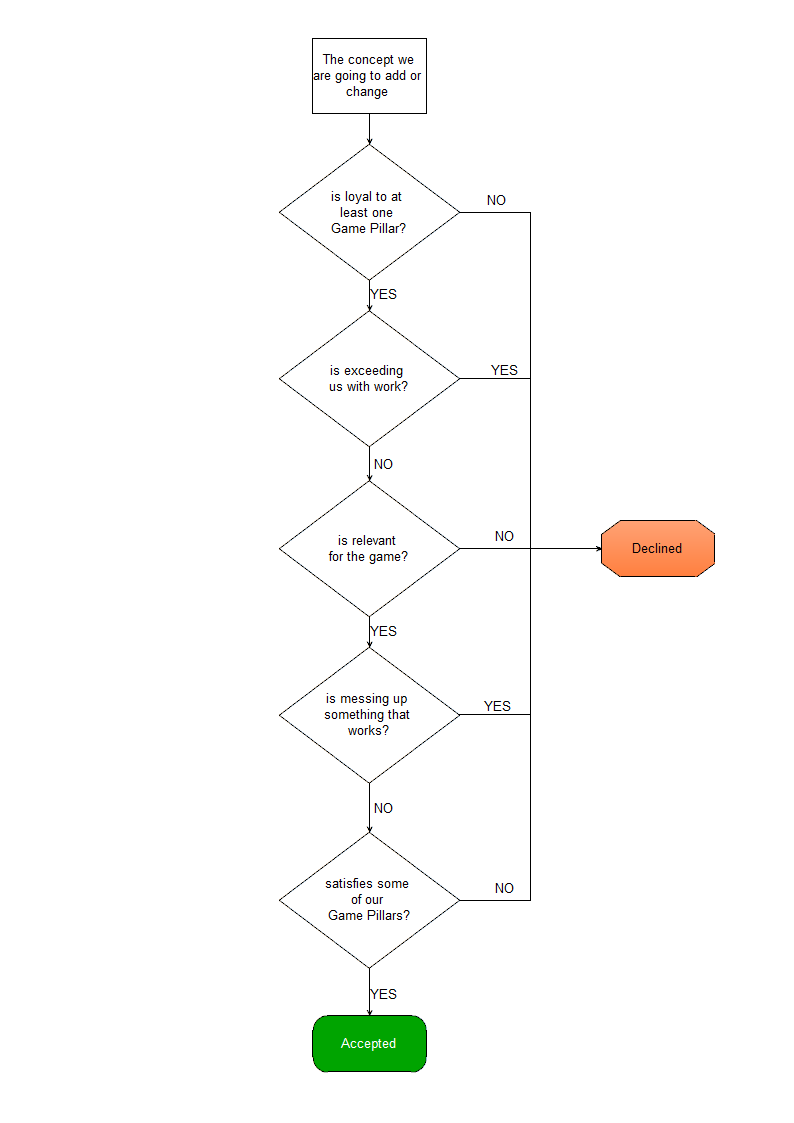
NOTE: We always have to think about the Game Pillars before adding new mechanics/concepts.
Summary
In essence, Game Design Pillars are concepts and ideas fixed at the beginning of a game. They inform of the global game design from the start and help us to make accurate decisions (and avoid fails). They also are a tool that make a cohesive design. Finally, there’s not a perfect static design, so we must keep in mind our Game Pillars every time we work with our project.
Links to documentation
Design Pillars, the core of your game
Technical Game Design - Pillars
Paradox Interactive Official Page
ThursDev - Game Design Pillars
Game Dev Underground - Game Design Document Template
The Acagamic - Communication and Game Design Documents
Diablo 3’s Seven Design Pillars
Game Pillars Presentation